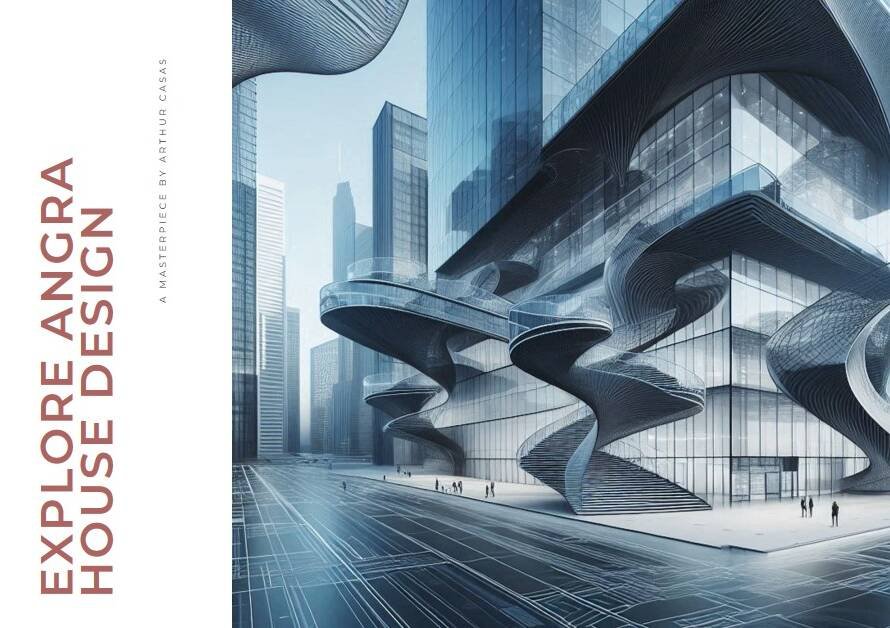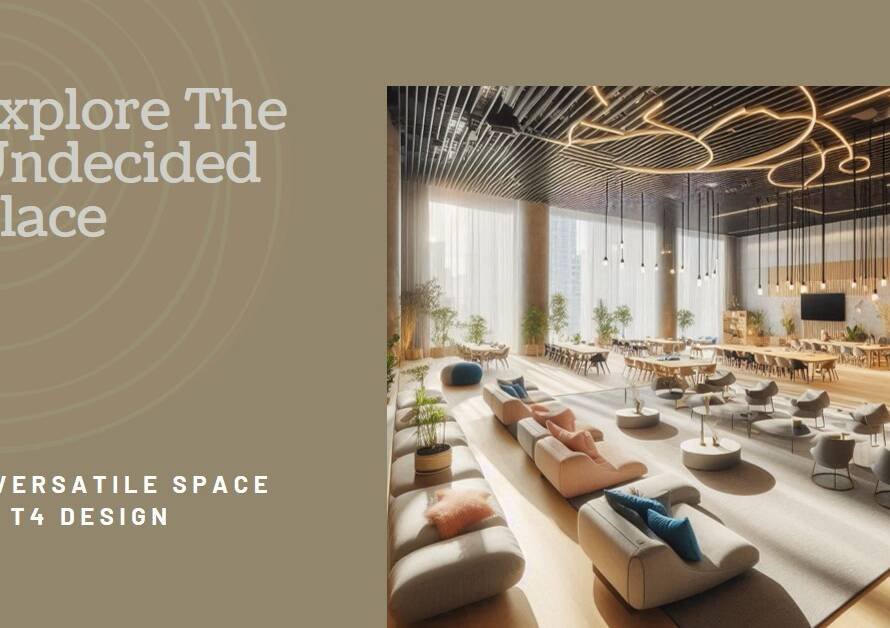
Table of Contents
1. Introduction: Embracing Innovation in Home Renovation
3D Visualization – In the realm of home renovation, embracing innovation is key to achieving stunning results while minimizing costs and stress. In this blog post, we’ll explore how 3D visualization is revolutionizing the home renovation process, offering homeowners unparalleled insight, flexibility, and control over their projects. From conceptualization to execution, 3D visualization is transforming the way we renovate our homes, empowering us to visualize, plan, and execute with precision and confidence.
2. Visualizing Your Vision: From Ideas to Reality (3D Visualization)
One of the most significant advantages of 3D visualization in home renovation is its ability to bring your vision to life in vivid detail. Instead of relying on blueprints and sketches, homeowners can work with designers and architects to create realistic 3D models of their proposed renovations. This allows them to see exactly how different design elements will come together in their space, from layout changes and structural modifications to material choices and finishing touches. By visualizing their vision in 3D, homeowners can make more informed decisions and ensure that their renovation aligns with their aesthetic preferences and functional needs.
3. Exploring Design Options: Infinite Possibilities
With 3D visualization, the possibilities for design exploration are virtually endless. Homeowners can experiment with various design options and configurations, allowing them to explore different layouts, color schemes, and architectural features before making any commitments. Whether it’s opening up a floor plan, adding a kitchen island, or installing new windows, 3D visualization enables homeowners to see how each design choice will impact the overall look and feel of their space. This iterative process of exploration and refinement empowers homeowners to create a renovation plan that reflects their unique style and personality while maximizing the functionality and value of their home.
4. Enhancing Communication and Collaboration
Effective communication and collaboration are essential for a successful home renovation project, involving multiple stakeholders such as homeowners, designers, contractors, and suppliers. 3D visualization serves as a powerful communication tool, allowing all parties to visualize the proposed renovation in a clear and comprehensive manner. By sharing 3D renderings with stakeholders, homeowners can ensure that everyone is on the same page regarding design intent, specifications, and expectations. This fosters better collaboration, minimizes misunderstandings, and streamlines the decision-making process, ultimately leading to a smoother and more efficient renovation experience for all involved.
5. Making Informed Decisions: Confidence in Choices
One of the biggest challenges in home renovation is making decisions with confidence, especially when faced with numerous options and considerations. 3D visualization provides homeowners with the information they need to make informed decisions about their renovation project. By visualizing different design options and scenarios, homeowners can better understand the implications of their choices and weigh the pros and cons of each option. This clarity and insight empower homeowners to make decisions that align with their budget, timeline, and priorities, minimizing the risk of costly mistakes or regrets down the line.
6. Streamlining the Renovation Process: Efficiency and Precision
The renovation process can be complex and time-consuming, with numerous tasks and deadlines to manage. 3D visualization streamlines the renovation process by providing a clear roadmap for execution. Contractors can reference 3D models to understand the scope and requirements of the project, ensuring that they have all the information they need to work efficiently and accurately. Additionally, 3D visualization allows contractors to identify potential challenges or conflicts before they arise, enabling them to proactively address issues and minimize delays. This level of precision and foresight not only improves the quality of the renovation but also saves time and money in the long run.
7. Managing Budgets and Expectations
One of the primary concerns for homeowners embarking on a renovation project is staying within budget while achieving their desired outcome. 3D visualization can help address this challenge by providing a realistic representation of the renovation scope and costs. By visualizing the proposed design in 3D, homeowners can better understand the cost implications of their choices and make adjustments as needed to stay on budget. Additionally, contractors can use 3D models to generate more accurate cost estimates and identify potential cost-saving opportunities, ensuring that the renovation stays on track financially without compromising on quality or aesthetics.
8. Future-Proofing Your Renovation: Planning for the Long Term
A well-executed renovation should not only meet your current needs but also anticipate future changes and trends. 3D visualization enables homeowners to future-proof their renovation by exploring different scenarios and options for adapting their space to evolving needs. Whether it’s accommodating aging-in-place considerations, incorporating smart home technology, or planning for future family growth, homeowners can use 3D visualization to ensure that their renovation remains functional, comfortable, and relevant for years to come. This forward-thinking approach maximizes the long-term value and enjoyment of the renovation investment, providing peace of mind for years to come.
9. Overcoming Design Challenges: Finding Creative Solutions
Renovation projects often present unique design challenges, such as awkward layouts, structural limitations, or conflicting design preferences. 3D visualization empowers homeowners and designers to overcome these challenges by exploring creative solutions and alternatives in a virtual environment. Whether it’s reconfiguring the layout, adjusting the scale of architectural elements, or experimenting with innovative design concepts, 3D visualization provides a platform for problem-solving and innovation. This flexibility and creativity enable homeowners to achieve their vision for their space while addressing practical considerations and constraints.
10. Conclusion: Embracing the Future of Home Renovation


In conclusion, 3D visualization is revolutionizing the home renovation process, offering homeowners unprecedented insight, flexibility, and control over their projects. By visualizing their vision in 3D, exploring design options, enhancing communication and collaboration, making informed decisions, streamlining the renovation process, managing budgets, future-proofing their renovation, and overcoming design challenges, homeowners can transform their living spaces with confidence and creativity. As technology continues to advance and new tools and techniques emerge, the potential for 3D visualization to revolutionize the home renovation industry is limitless, promising to redefine the way we envision, plan, and experience our homes.


